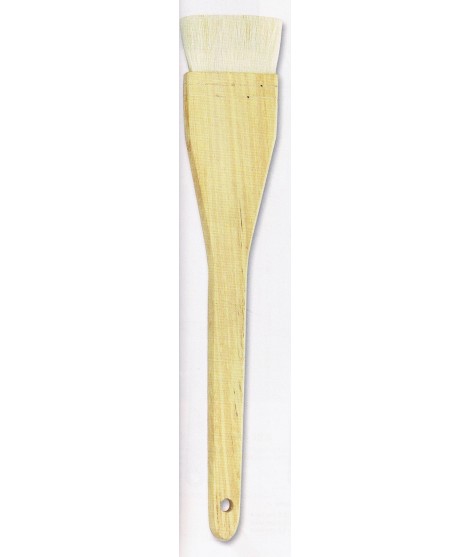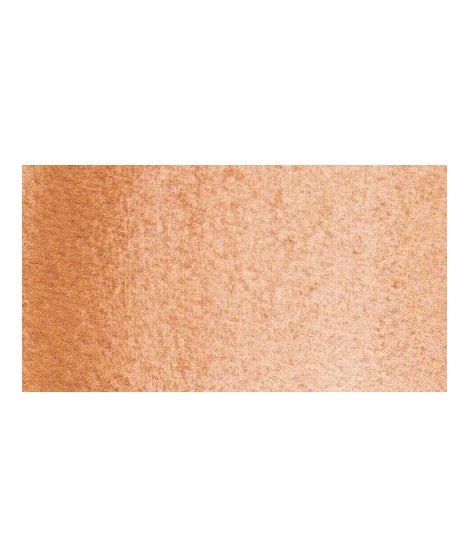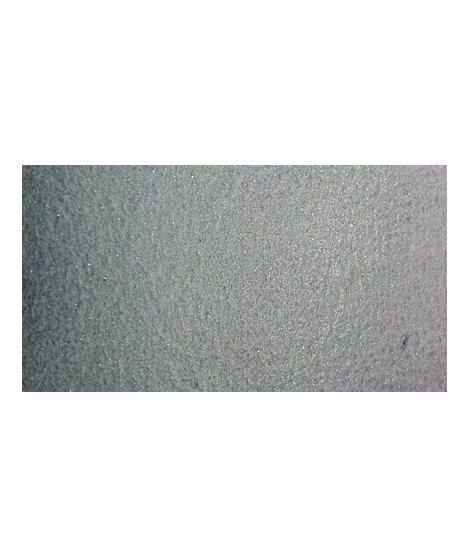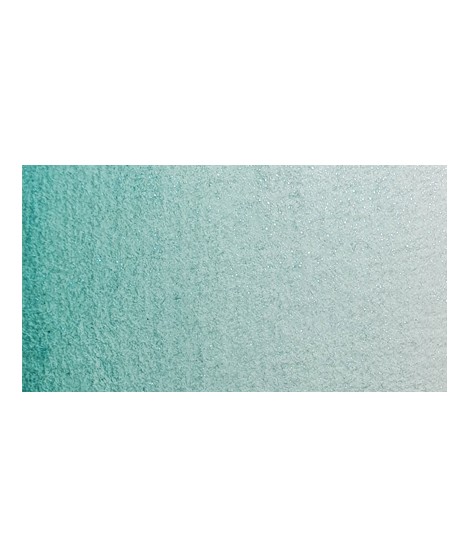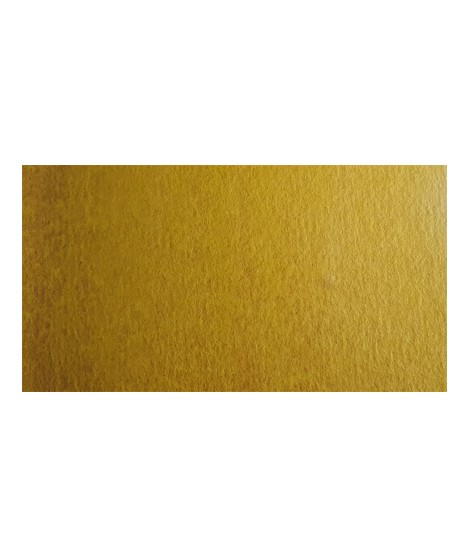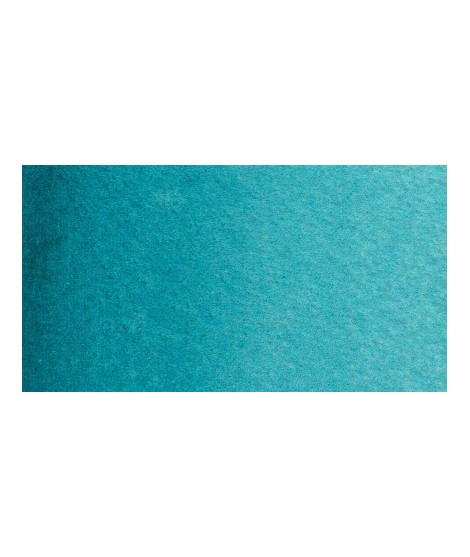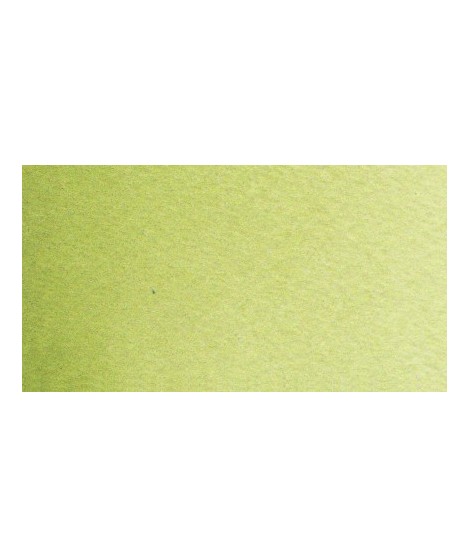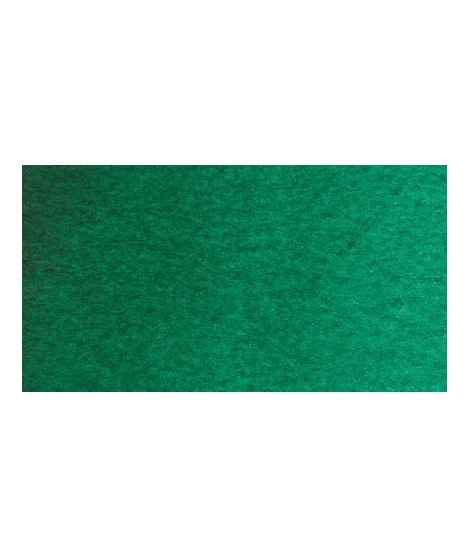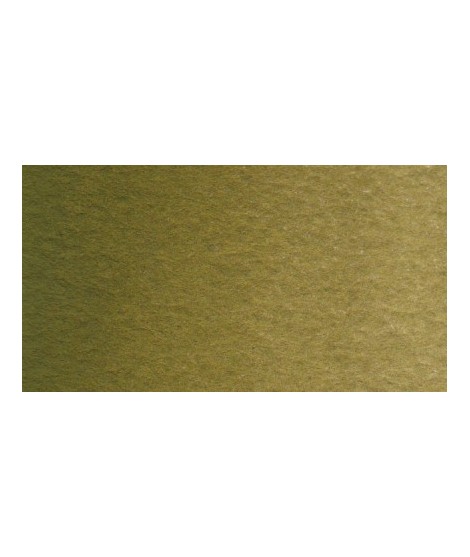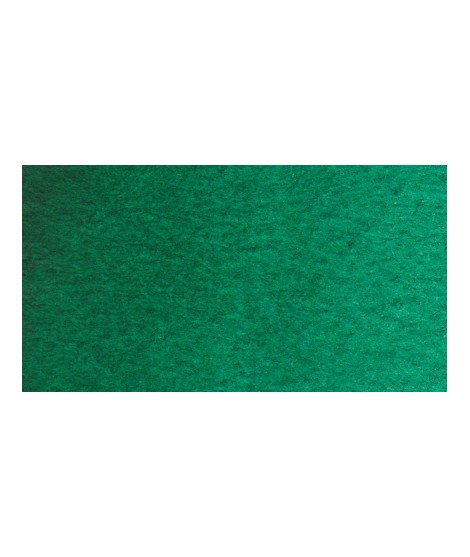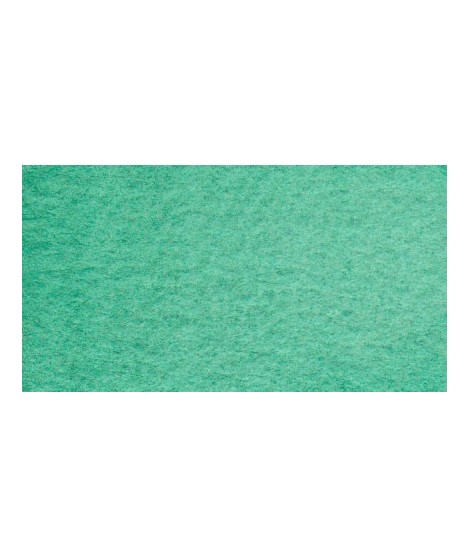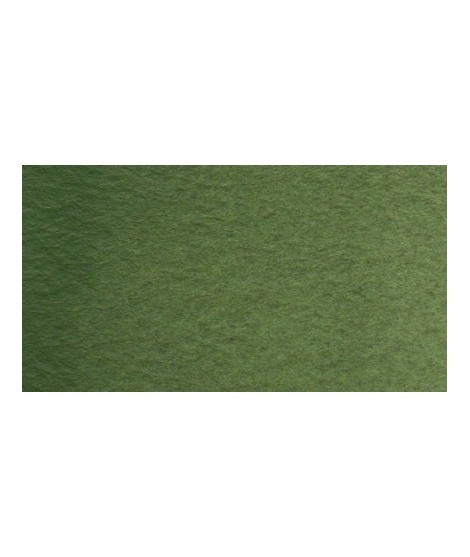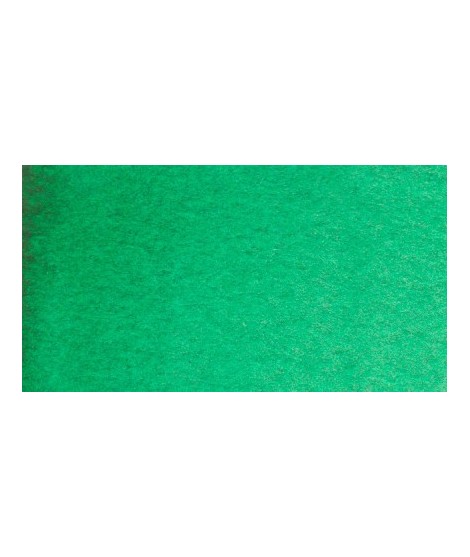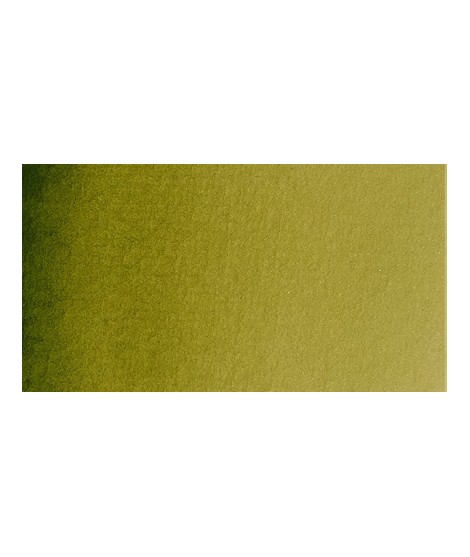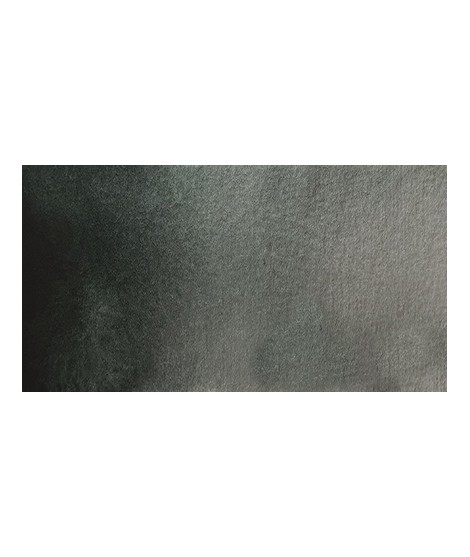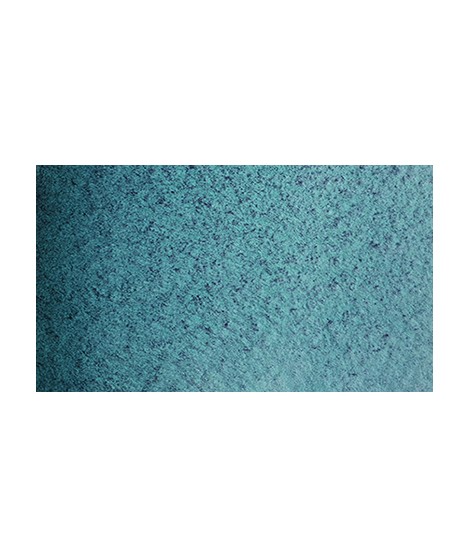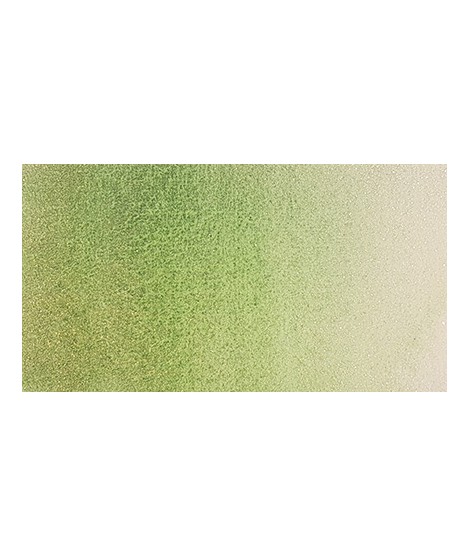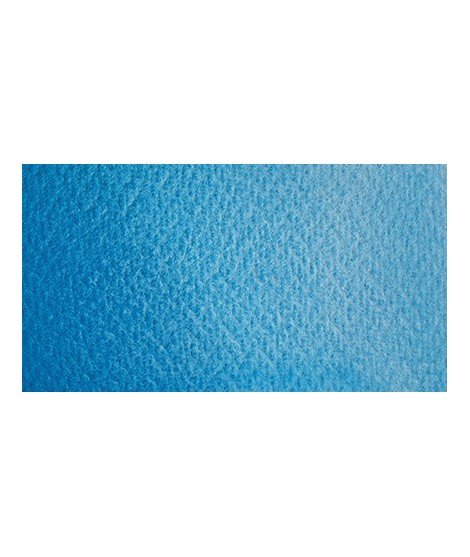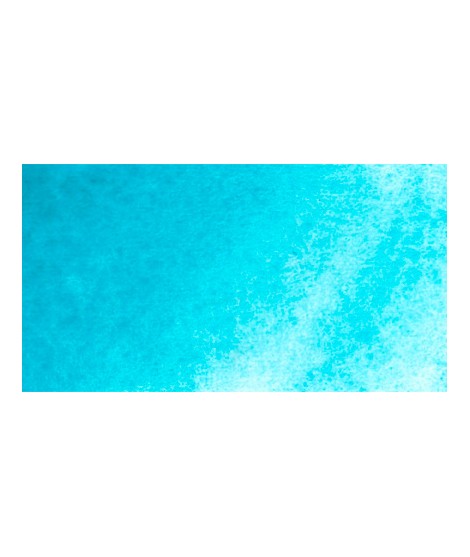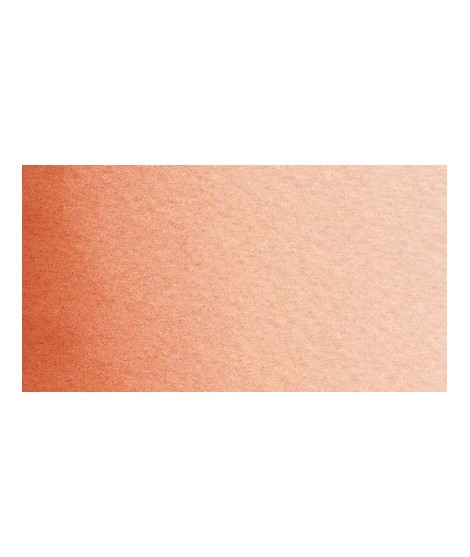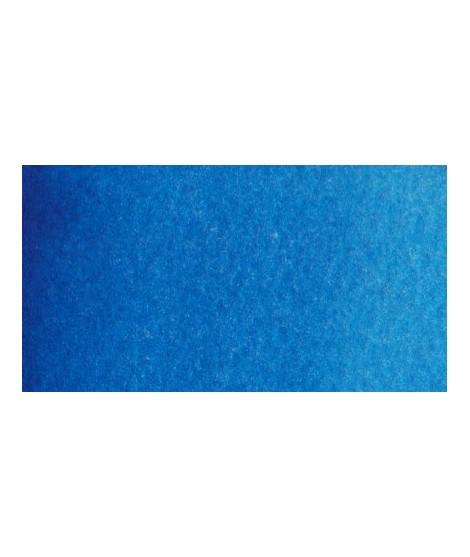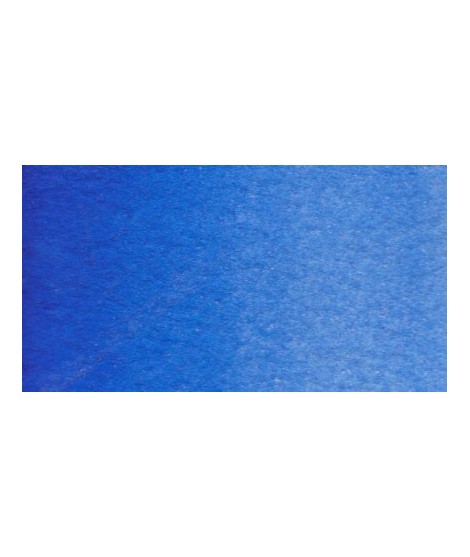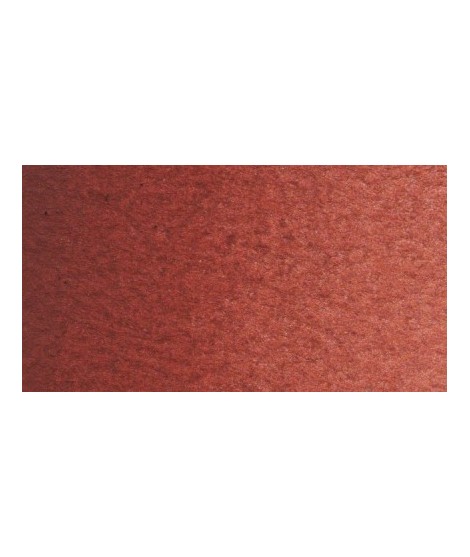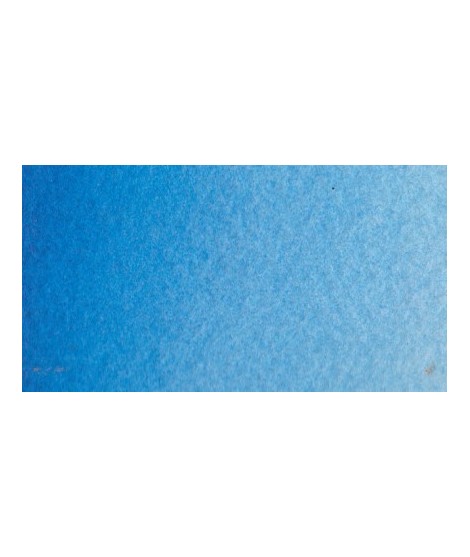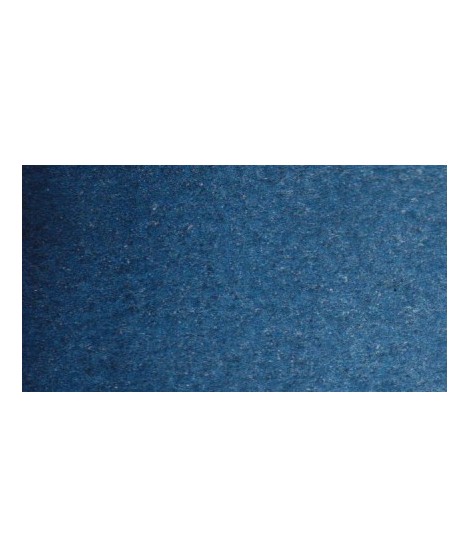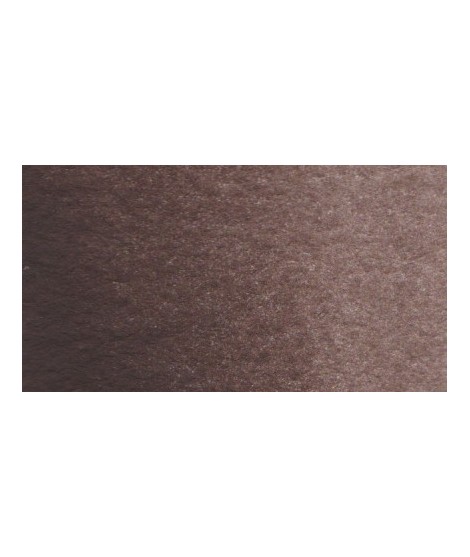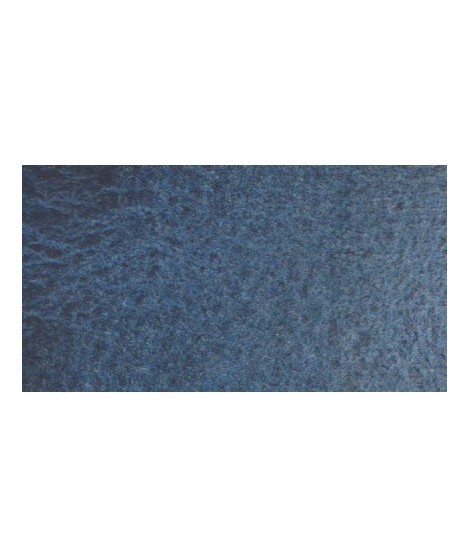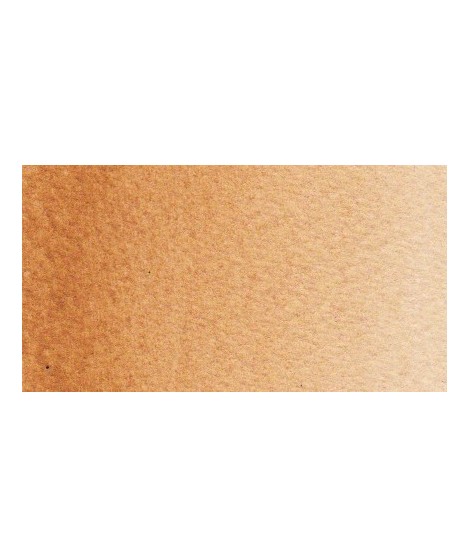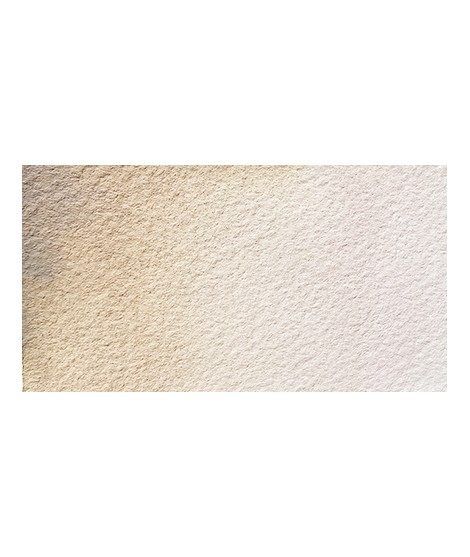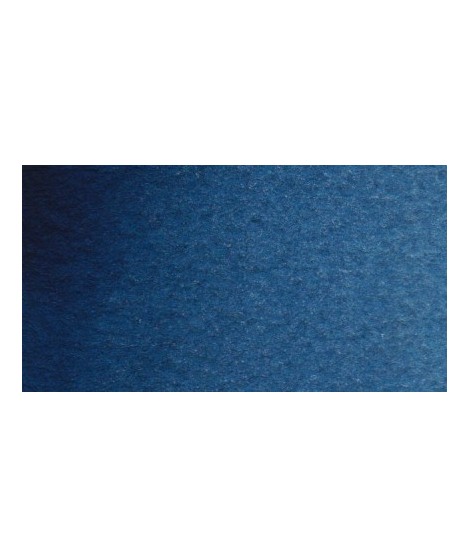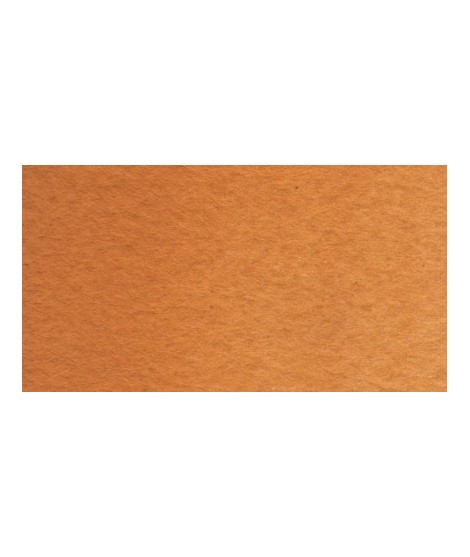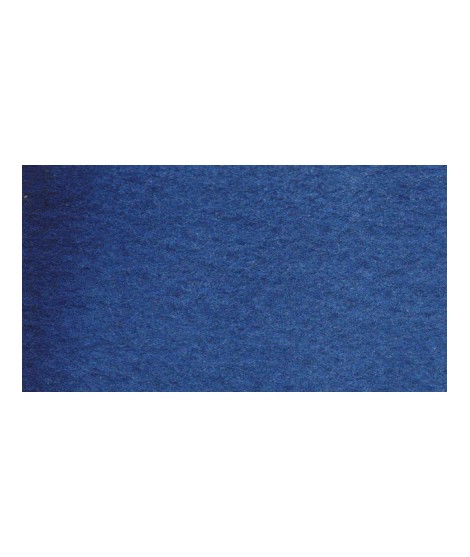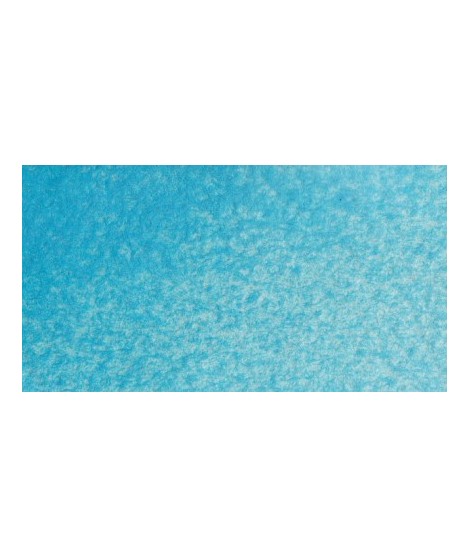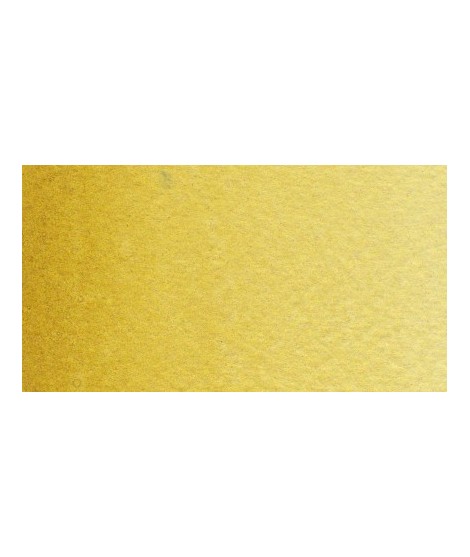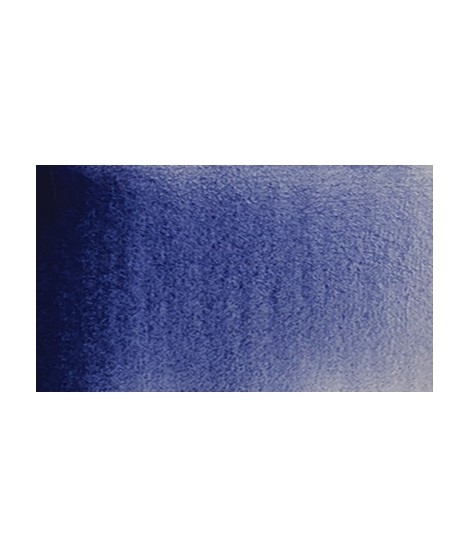Golden color, to be used for certain highlights.
Turquoise légèrement irisé
Based on blue and phthalo green, this turquoise is nuanced at will with blue or green.
Bright and vivid green that can also be created on the palette by mixing using phthalo green PG7 or phthalo green yellow shade PG36; To the latter, lemon cadmium yellow or light cadmium yellow is added or, if it is desired to retain more transparency, light Isaro yellow PY154.
Very beautiful green, turning blue. When mixed with phthalo blue, it gives a very nice range of turquoises. With the yellows to obtain a very wide range of greens. With the earths of earthy greens and with the burnt umber a dark green.
Green useful for landscapes in particular. Maybe nuanced with phthalo green or yellows.
Very beautiful green tone less dynamic than phthalo green. The emerald green is bluish.
Very beautiful earthy green and mono pigment.
Magnificent bright green with an underlying shade of yellow.
Vert Sapin
PG36 + PY165
Singular and grainy green color.
I was inspired by the surprising reflections of a semi-precious stone: apatite.
This blue is grainy and iridescent. It is part of the 2022 Happy Precious Year collection.
Very beautiful blue with a shade having an underlying green tone. Very bright and frank.
With phthalo green it forms very beautiful turquoise. With the yellows of the beautiful greens. With the ocher of the more muted greens and with the pink or the purple Isaro a beautiful range of mauves.
Magnificent blue with an underlying shade of mauve. Very useful for composing magnificent mauves, especially with quinacridones like Isaro pink for example.
With black or burnt sienna, it makes it possible to obtain very beautiful Payne grays and with burnt umber to create a beautiful indigo.
Very beautiful earth turning red. This color is, in my opinion, essential on the palette as it is rich in mixture. With blues, for example, burnt Sienna is a nice range of grays. With the reds, she creates "brick red" colors.
Real cobalt blue with a great purity of tone. Bright and close to primary blue. We can define it as the most blue of blues because it does not draw on green (like Prussian blue) or red (like overseas).
Close shade of natural indigo.
Dark brown tending to mauve. It can also be easily obtained on the palette by mixing smoke black with mauve iron oxide. To work on its shade, you can add mauve iron oxide to it. By combining it with yellow ocher or natural Siena earth you get sepia brown.
Very nice cold, deep gray, turning blue. Useful as a contrast color.
This color is one of the metallic colors that I created to give a little fantasy to the palette of artists who want it.
Dark blue with an underlying green hue. This blue is very useful for creating greens, it is actually the blue of greens.
Very beautiful yellow, earthy and bright. Very useful on the palette.
It is a dark blue, which corresponds to a dark reddish blue. It is ideal for nuancing cool colors like violets and blues by giving them more depth. Also useful for forming greens, especially with chartreuse yellow.
Very beautiful light blue, which pulls slightly towards green. Particularly suitable for working the sky.
A very essential greenish yellow. It allows a wide range of rich and surprising mixes.
